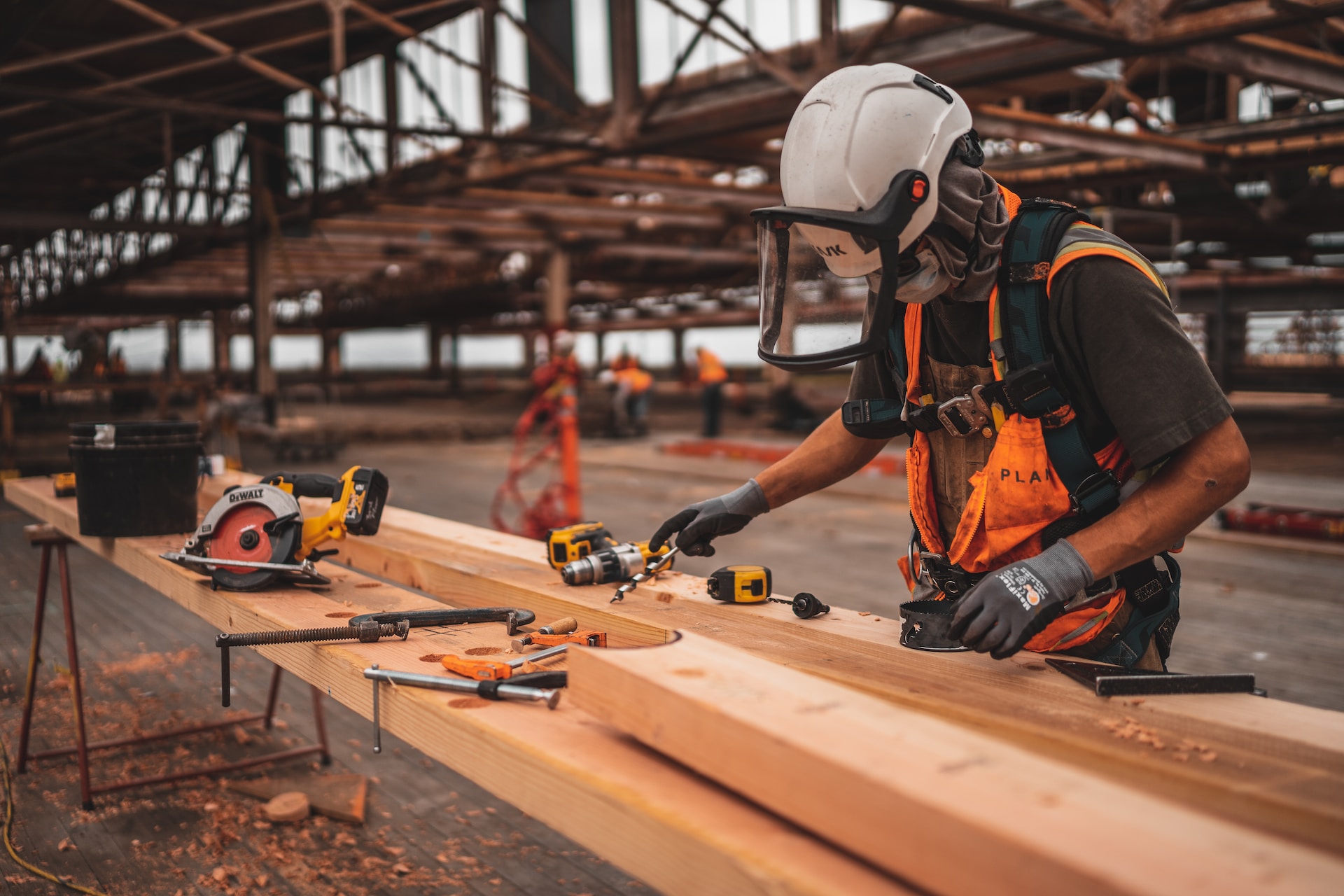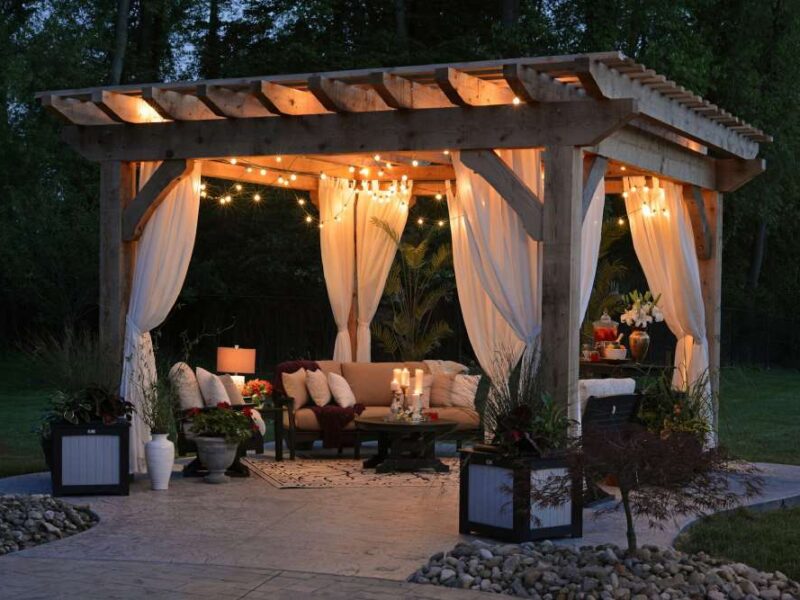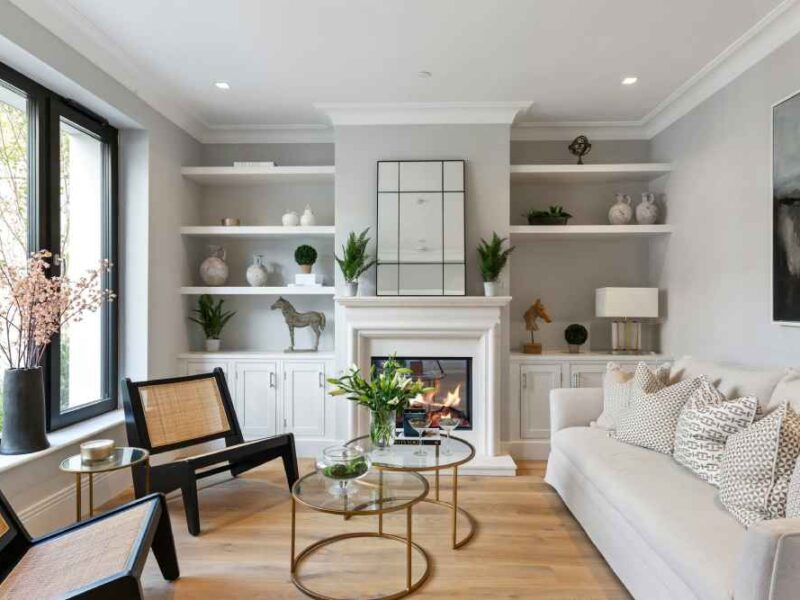Prefab building kits have become increasingly popular in the construction industry due to their convenience, cost-effectiveness, and ease of assembly. Whether planning to build a storage shed, a garage, or a small house, selecting the right prefabricated building kit is crucial to ensure a successful and satisfactory outcome. To help you make an informed decision, here are some essential tips when choosing prefabricated building kits.
Contents
Determine Your Needs and Purpose:
Before diving into the vast array of prefab building kits available, it’s important to clearly define your needs and purpose. Consider the size, design, and function of the structure you require. Are you looking for a small storage space or a larger workshop? Understanding your needs will help you narrow the options and select a kit that best suits your requirements.
Research Reputable Suppliers:
To ensure the quality and reliability of your prefabricated building kit, it’s crucial to research and choose a reputable supplier. Look for suppliers with a proven track record, positive customer reviews, and certifications that guarantee their products meet industry standards. Take the time to compare different suppliers and examine the materials, construction techniques, and customer support they offer. A reliable supplier will provide high-quality kits and assist you throughout the process, from selection to assembly.
Assess Material Quality:
The quality of materials used in building kits is paramount to the durability and longevity of the structure. Look for kits that utilize sturdy and durable materials, such as galvanized steel or high-grade timber. Consider the climate and environmental factors in your area to ensure the materials are suitable for the conditions.
Assess the thickness and strength of the structural components and the quality of finishing materials, such as roofing and siding options. Investing in a kit with superior material quality will provide a more robust and reliable structure.
Evaluate Ease of Assembly:
One of the main advantages of building kits is their ease of assembly. However, it’s still important to assess the level of complexity involved. Look for kits with clear assembly instructions, detailed diagrams, and labeled components. Some kits include pre-drilled holes and pre-cut materials for added convenience. Consider your level of DIY skills and the availability of tools and equipment you may need during assembly. Choosing a kit that aligns with your abilities and provides comprehensive instructions will ensure a smoother and more efficient building process.
Consider Customization Options:
While these kits offer standardized designs, many suppliers offer customization options to add a personal touch to your structure. Look for kits that allow you to choose colors, finishes, and additional features to suit your preferences. Customization options may include adding windows, doors, insulation, or modular expansions. Assess the range of customization available and ensure it aligns with your vision and requirements.
Compare Costs and Value:
Cost is a significant factor when selecting prefabricated building kits, but it’s essential to consider the value rather than solely focusing on the price tag. Compare the costs of different kits while also evaluating the quality of materials, the level of customization, and the reputation of the supplier. A slightly higher-priced kit with superior materials and comprehensive customer support may offer better long-term value than a cheaper alternative. Consider the overall quality, durability, and functionality of the kit to make an informed decision.
Conclusion
Choosing the right prefabricated building kit requires careful consideration of your needs, research on reputable suppliers, evaluation of material quality, assessment of ease of assembly, consideration of customization options, and comparison of costs and value.
By following these tips, you can ensure that the prefabricated building kit you select meets your requirements and delivers a successful construction project. Take your time, gather information, and make an informed decision to create a durable and functional structure that meets your needs.



